Experts use these 24 savvy ways to flip a house for profit
Top tips to fix and flip real estate
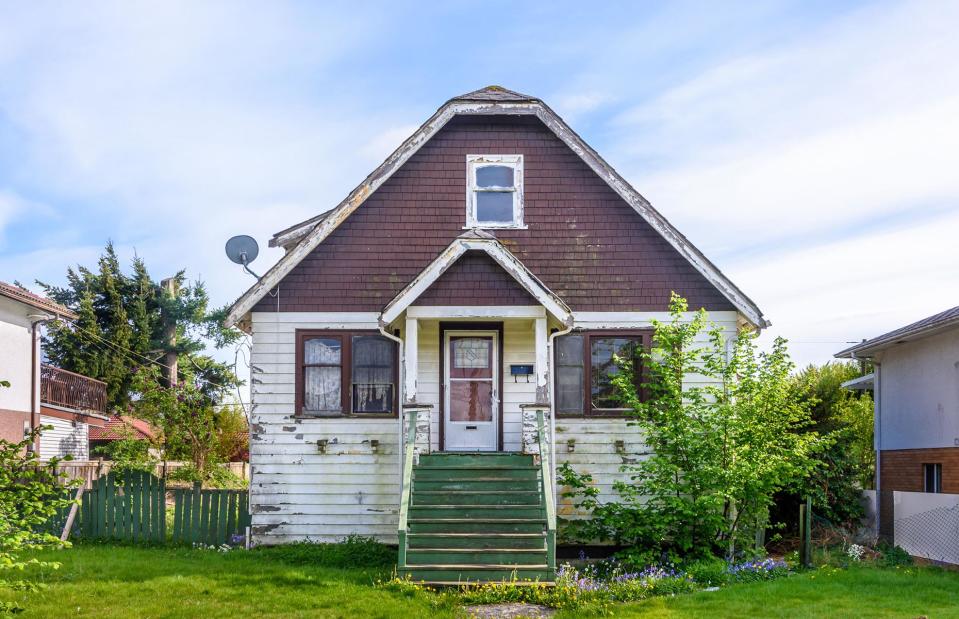
karamysh / Shutterstock
Flipping houses can be a risky business. Not as simple as buying a cheap property, renovating it and then putting it on the market, there's a knack to making a sizeable profit. Making a successful flip requires knowledge, planning, and a keen eye for detail. Read on to read our best advice for anyone looking to scale the property ladder...
Buy at the right price
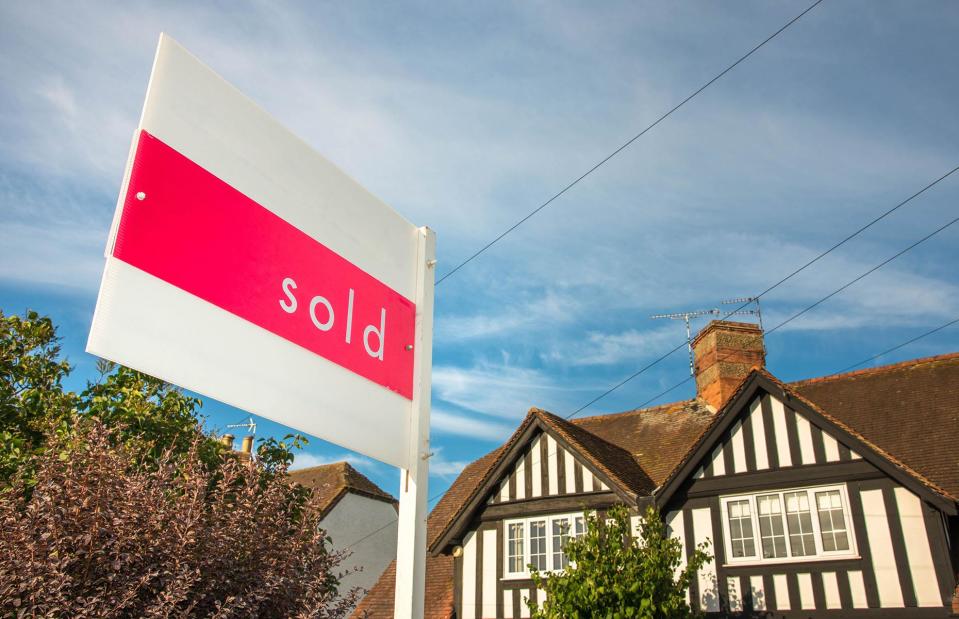
Alicia G. Monedero / Shutterstock
Make sure you don't end up overpaying for your property – that's instant profit down the drain and will be impossible to gain back, especially if you are working on a tight budget.
Do your research into local property prices, so you can snatch up the right home as soon as it becomes available. It also pays to look in the right places such as auction house listings and probate properties.
Buy the worst house in the best neighbourhood
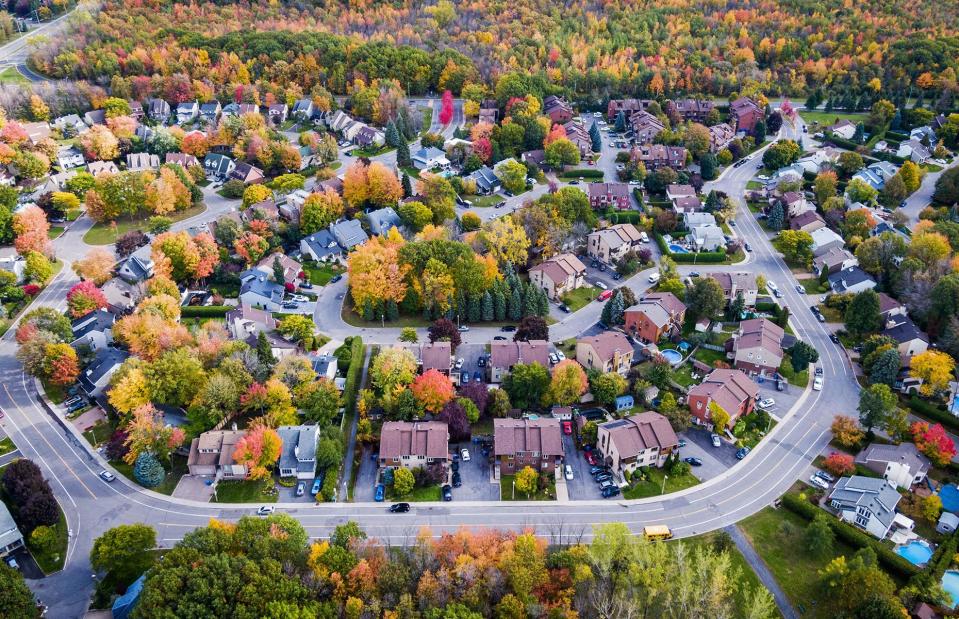
R.M. Nunes / Shutterstock
Research potential areas but be willing to buy outside of these to secure the best deal. Ideally, you need to look for a house that you can get for a much lower price than a similar but better-looking house in the same area.
Look out for things that can be updated fairly easily such as a tired front door, old carpets that can be pulled up and dated kitchens and bathrooms. However, don't compromise on a solid foundation and structural integrity.
Buy a house with a good foundation
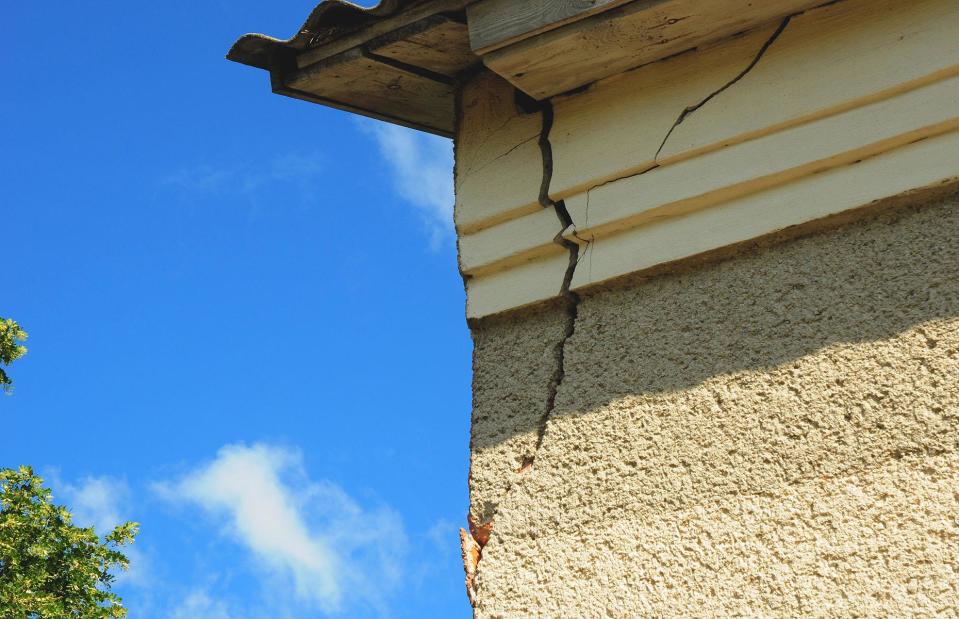
Radovan1 / Shutterstock
If the foundations of a house aren't solid, it not only affects the structure of the property but also the value. The costs to repair structural problems can be high, so it should be one of the first things you check before making your purchase.
When viewing the house, check for any cracks on the exterior walls to start, a leaning chimney, or cracks in the bricks themselves. It's also a good idea to get a full structural survey and find a trusted construction expert to look into any possible issues or warning signs.
Work to a budget
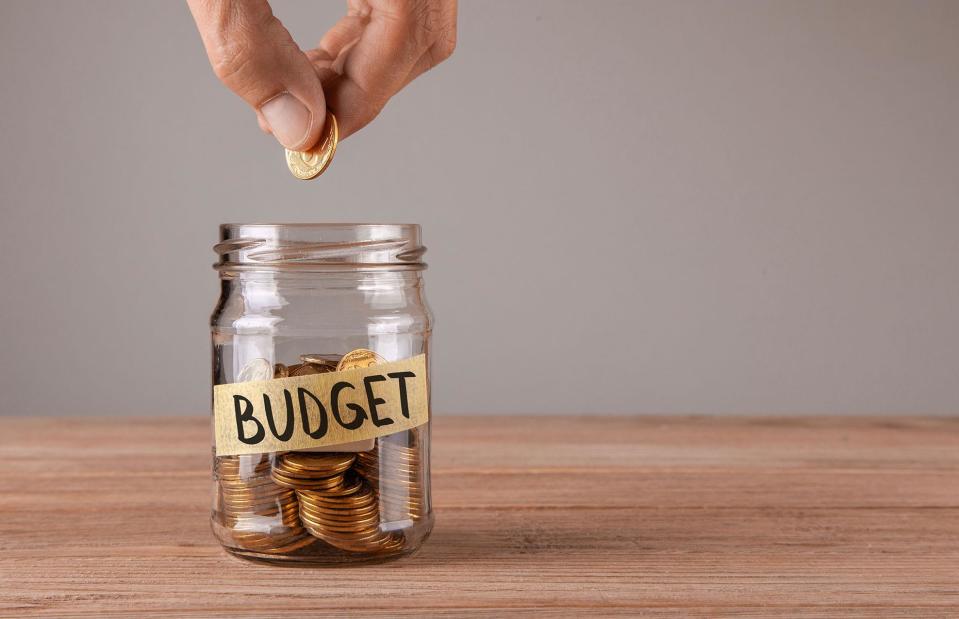
ADragan / Shutterstock
Time is money when it comes to flipping a house, and it's very easy to run over with both. The end goal is to make money, so once you've got your cost estimate, add at least 10% on top for contingencies.
Every project has unexpected costs, and if you don't anticipate this, your profit will be reduced.
Plan your renovation carefully

SFIO CRACHO / Shutterstock
Planning is one of the most important stages when flipping a house. After developing a team of trusted tradespeople and securing your funding source you can create a timeline that goes alongside your budget.
Start off with building work and then move onto the interiors once it's finished. Your contractors will also be able to give you an idea of what needs to be done when. Don't forget to factor in delivery delays – you don't want your contractor waiting around for supplies.
Follow the 70% rule

Atstock Productions / Shutterstock
You need to carefully and precisely calculate what your profit margin on any flip is going to be and weigh that against your costs, including your holding costs. It pays to do the maths before you snap up a house with potential.
The 70% rule states that you shouldn’t buy a property for more than 70% of the home’s after-repair value (ARV) minus the cost of repairs. To use it, you need to first determine the ARV or how much the house will likely sell for once fixed. While the rule can’t guarantee profits it’s a good guide, but it's important to do your research into the local housing market and mortgage rates to make sure you don’t buy a property that ends up losing rather than making you money.
Know which improvements to make
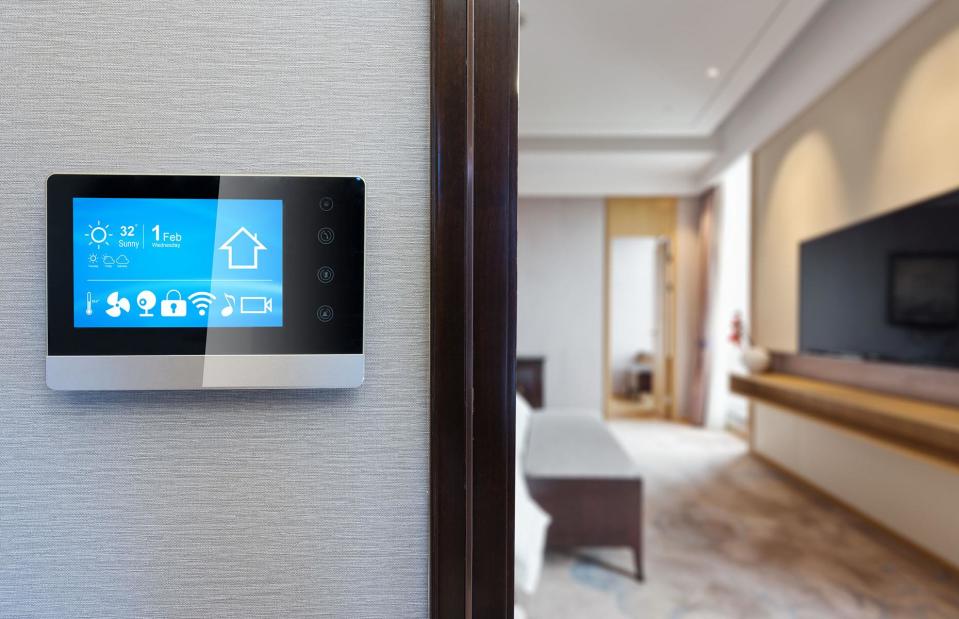
zhu difeng / Shutterstock
There's a fine line between not doing enough and going too far. You can miss out on buyers without certain upgrades but all these improvements will add up. Try to incorporate any new smart technology carefully and pick wisely.
Expensive integrated systems such as smart lighting are unlikely to give you a big return but certain extras are almost vital. Ensure you've got lots of plug sockets and USB charging points, which are cheaper to install and will increase your earnings.
Don’t take on too much
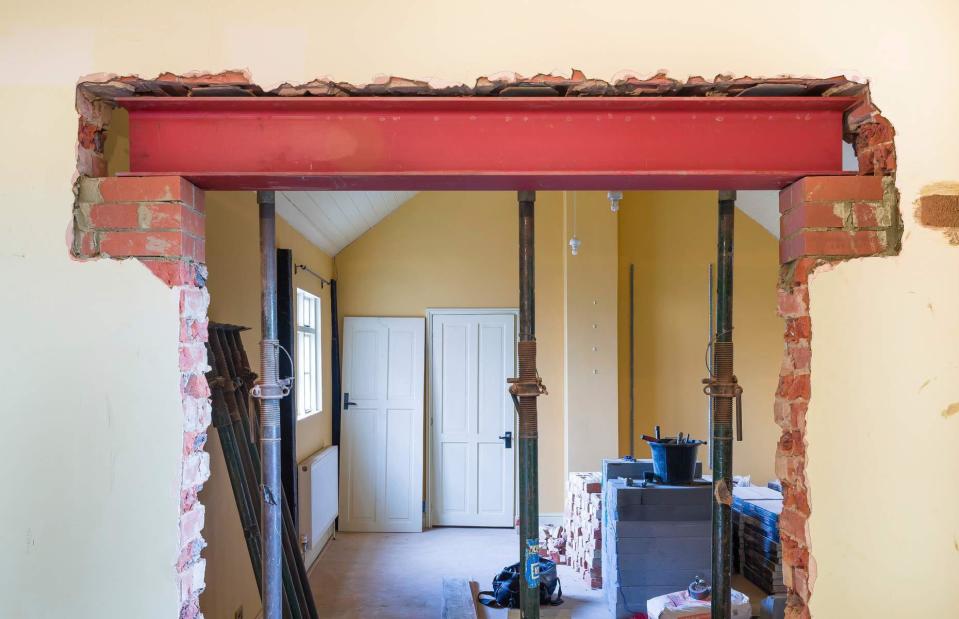
Paul Maguire / Shutterstock
It's all too easy for a quick house flip to turn into a major home renovation. However much you want to change the layout of the home, serious structural changes like moving staircases should always be carried out by your team of tradespeople. Otherwise, you could end up with a huge repair project on your hands that adds extra cost.
Also, think about which improvements will add the most value to your home such as extra bedrooms, garage conversions and extending kitchens or living areas.
Knock down a wall
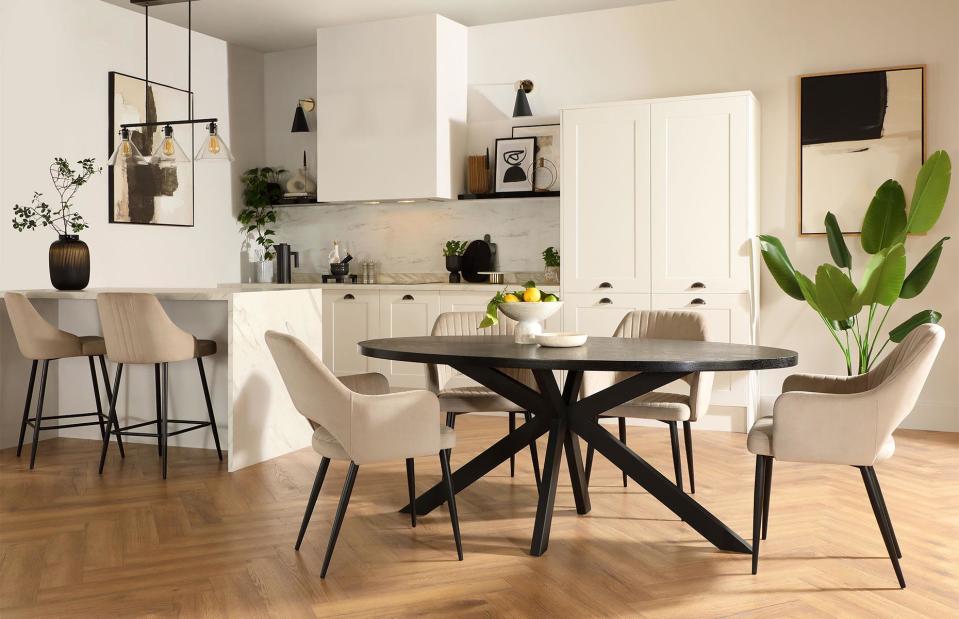
Furniture And Choice
Generally, buyers are more impressed with how much usable living space they have, rather than the number of rooms. Knocking down a wall will help create a bright, open-plan space and give you one impressive room, rather than two underwhelming ones, whilst also adding to the home's value.
However, make sure not to get rid of all the walls in the living space. Some closed-off spaces, such as hallways and homeworking areas are desirable, so a broken plan layout may be the best of both worlds.
Don’t make unnecessary improvements
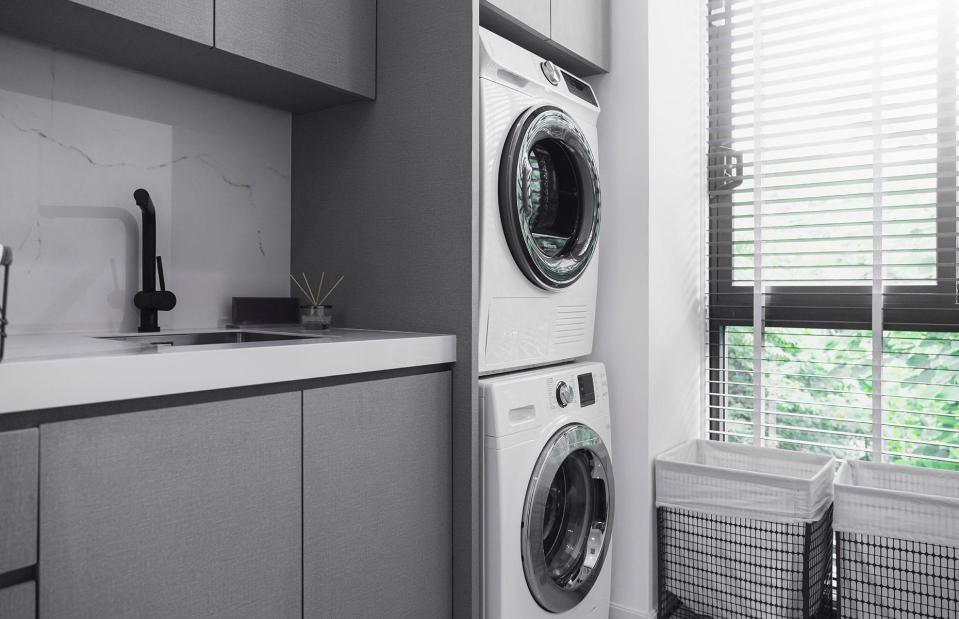
WHYFRAME / Shutterstock
Over-improving a property won't give you the desired return on investment you are hoping for, so treat the project as a business and not your dream home renovation.
Upgrading the boiler, new plumbing and electrical wiring are all essential for any home, however, these sorts of renovations won't add much value, so if they are already safe and in a good condition, save your money.
Convert the loft
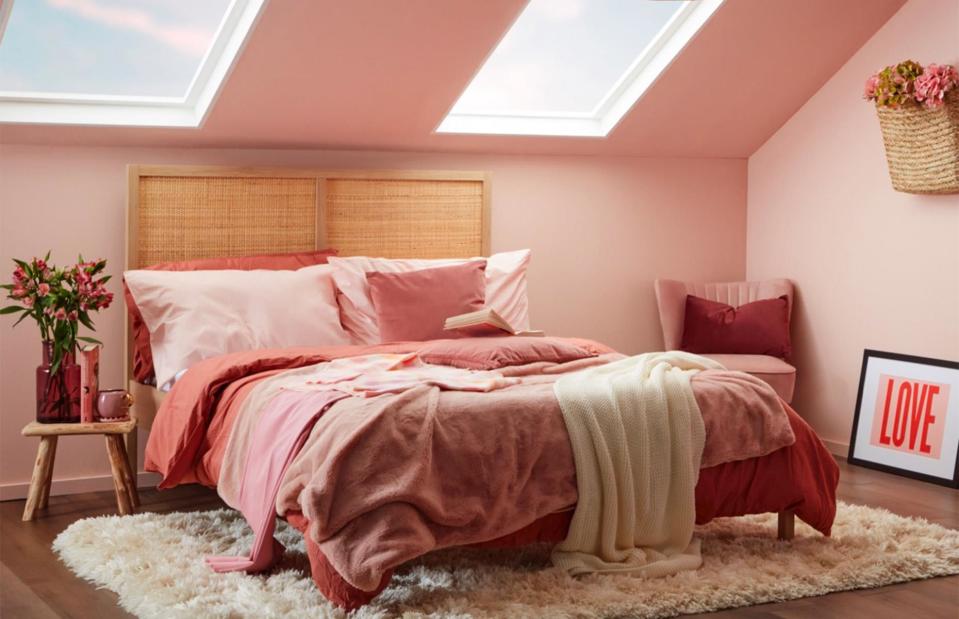
GoodHome by B&Q
Converting the loft into an extra bedroom is a great way to put redundant space to use, as well as adding value to your property.
While renovating the attic to add an extra bedroom and bathroom is no cheap or easy task, it can add up to 20% to the value of a home, according to Unbiased.
Don't leave any rooms out
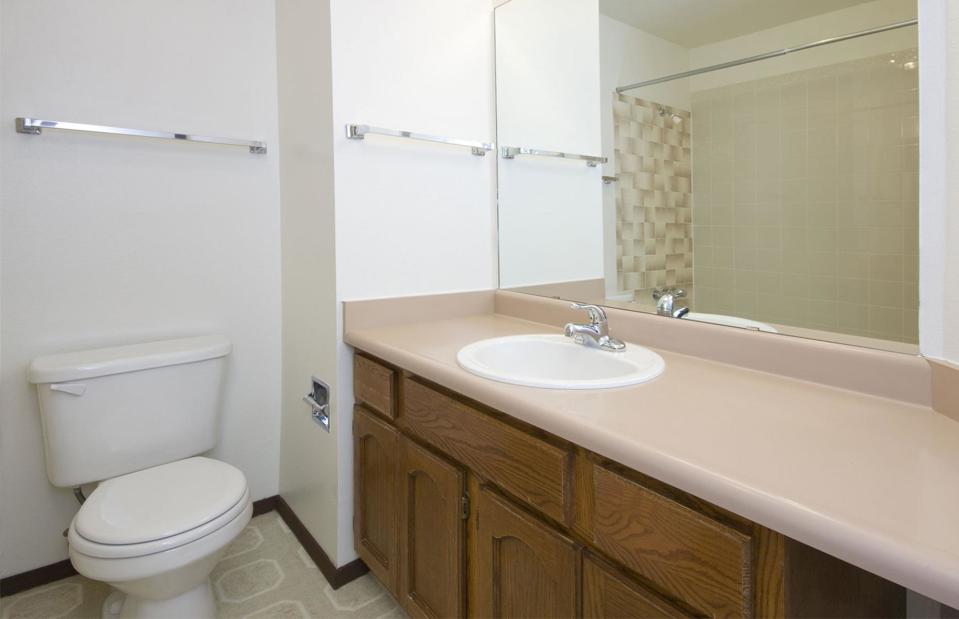
Neil Podoll / Shutterstock
If you are looking to create a home that's going to make you money, it's important to ensure that the home has a consistent design and feel throughout. Even bathrooms like this, which are in pretty good shape but dated, may need a bit of an update in comparison to the rest of the house or they risk standing out like a sore thumb.
Whether you paint the tiles and vanity, replace the taps or just add fresh towels and toiletries, a few small cosmetic updates can make all the difference.
Add a few high-end features
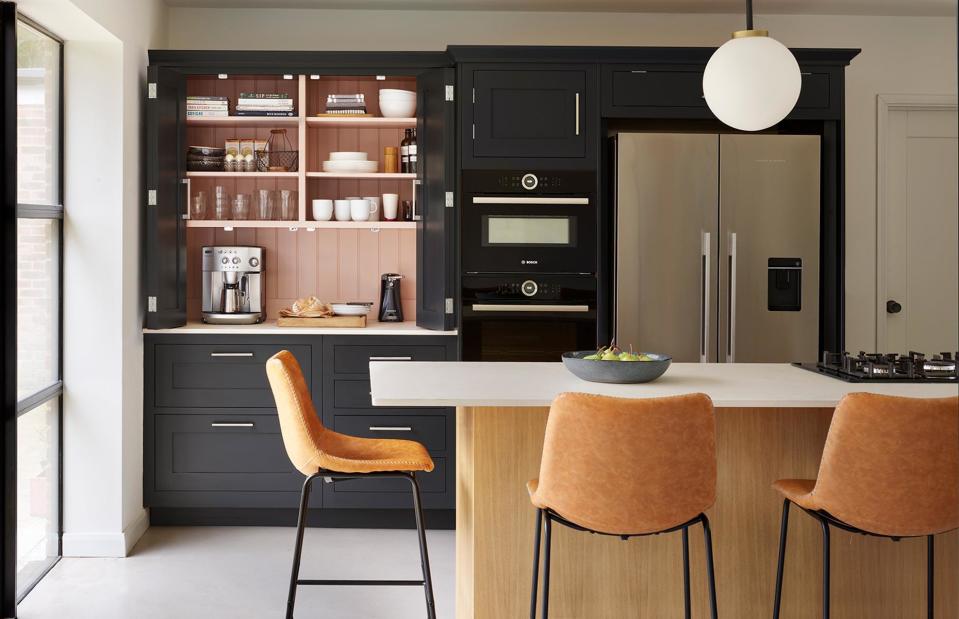
Harvey Jones
Adding a few higher-end features at a lower price range will allow you to market the house for a higher price and earn a bigger profit. For example, when updating the kitchen, install a kitchen island or include a pantry or wine rack in your design.
These little extras will go a long way to seducing potential buyers looking for that showhome look.
Make your paintwork perfect
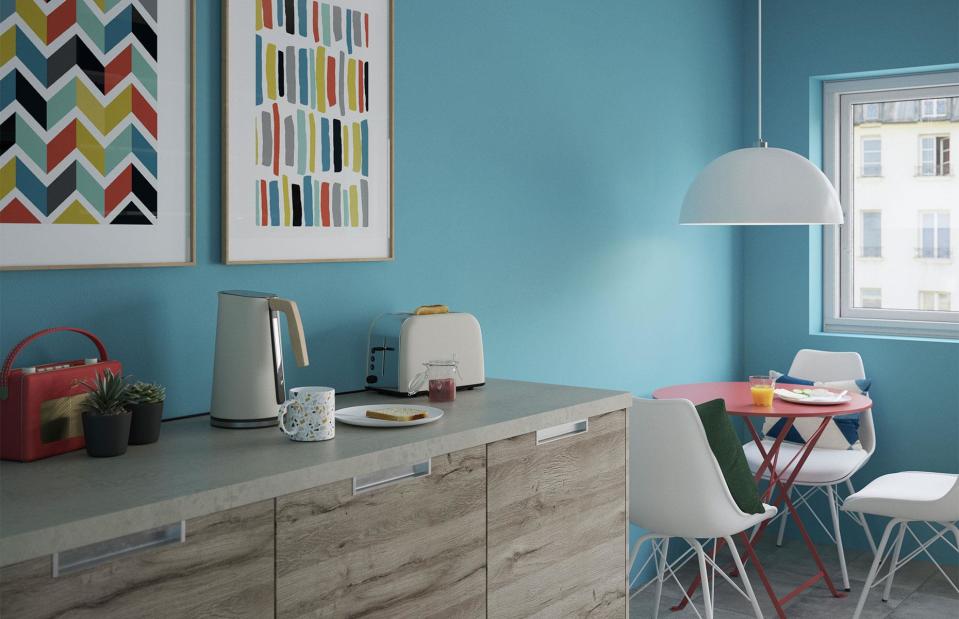
GoodHome by B&Q
As tempting as it is to skip the prep work, this is a huge mistake. Uneven surfaces and wobbly edges are a no-go for today's savvy home buyers. Unless you're hiring a painter and decorator you'll need to fill, sand, clean and prime your walls and woodwork to get a flawless finish before you pick up your paint roller.
There are some DIY hacks to make this job easier, including lining your paint tray with a plastic bag before you pour in the paint. When you are finished, simply remove the bag and you won't have to scrub the tray.
Revamp the flooring
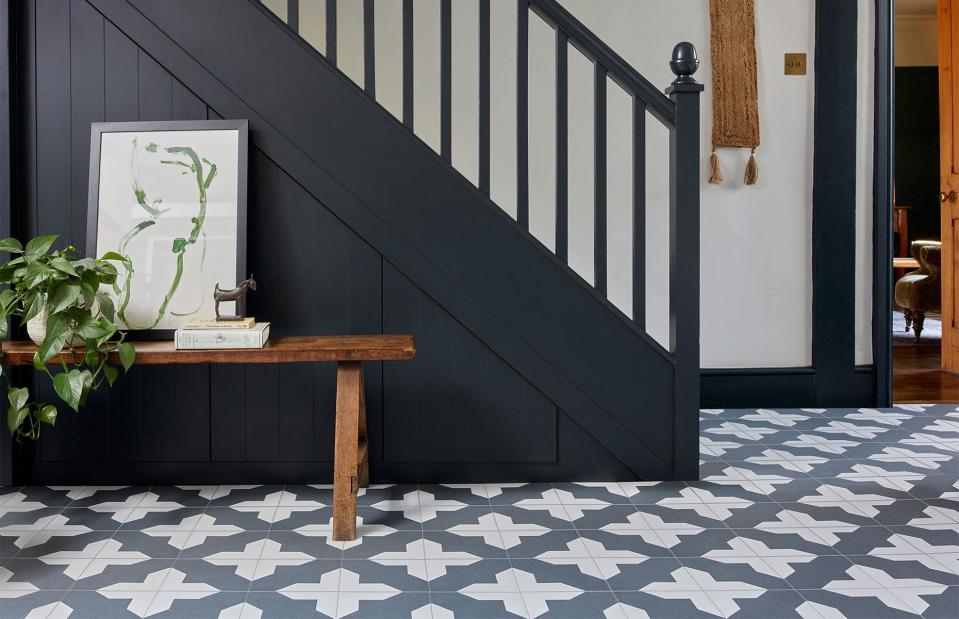
Hyperion Tiles
A beautiful floor can sell a room and these don't have to be expensive. From ceramic tiles in beautiful patterns to bold and budget vinyl, the key is to make it look fresh and enhance the decor.
Think about your buyers before you choose the floor covering. A large family home needs hardwearing surfaces that are easy to clean whereas the potential buyer of a two-bedroom apartment is likely to be younger and may appreciate a luxurious carpet or more on-trend patterns.
Update the lighting
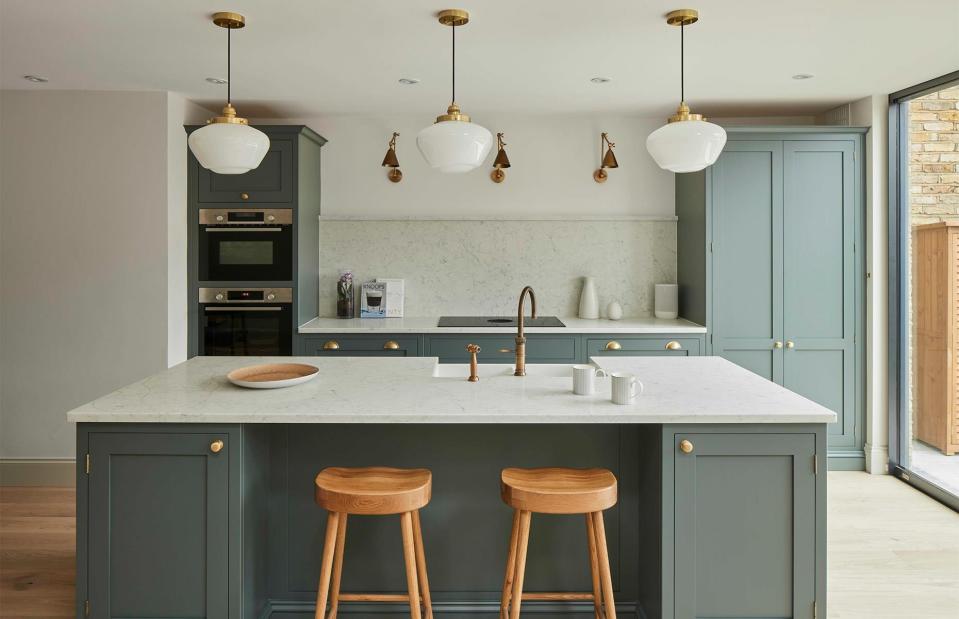
Olive & Barr
New lighting can take your project to the next level with minimal time and money.
This trio of kitchen pendants make a style statement above a kitchen island. Layered lighting in the kitchen is a desirable feature and it does not have to be expensive to look practical and stylish.
Upgrade the kitchen and bathroom
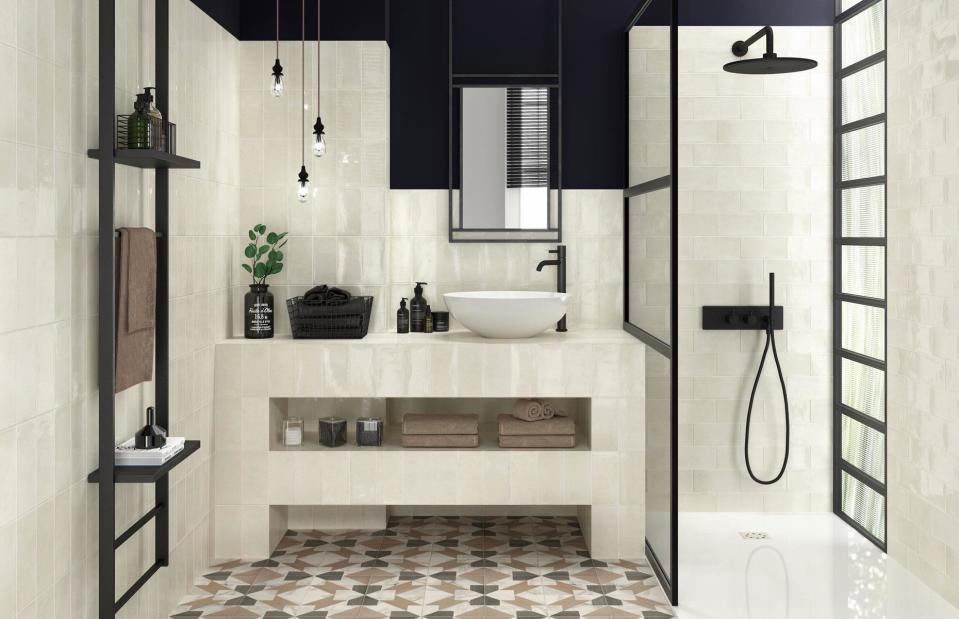
Porcelain Superstore
According to Checkatrade the right kitchen makeover could increase the value of your house by 10%. While installing an extra bathroom or toilet can increase the value of your home by 5%.
Two of the most important rooms for potential buyers, it's worth putting time and care into improving these spaces and making them as desirable as possible without blowing the budget.
Bathroom spend vs save
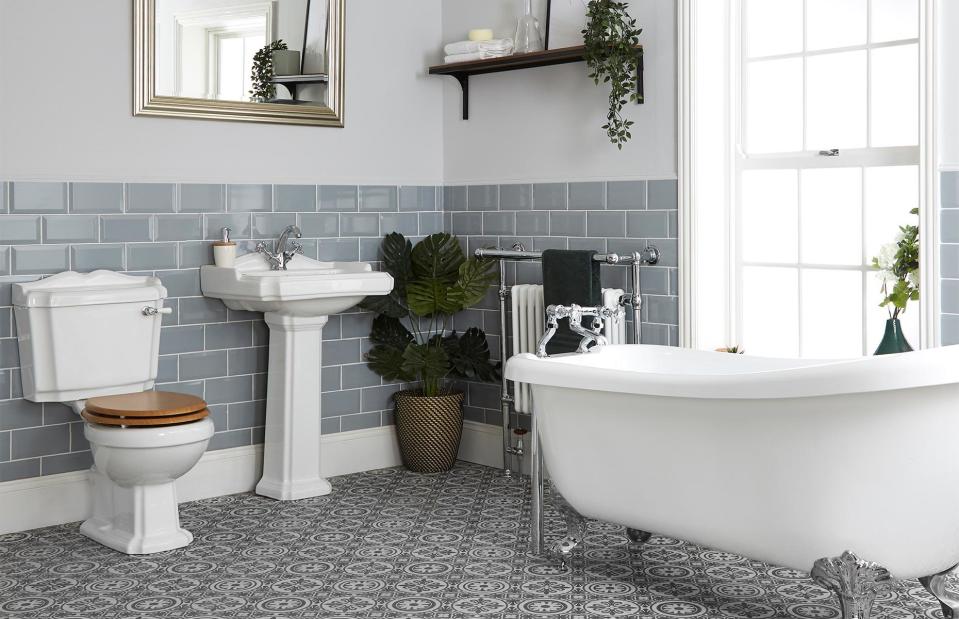
Big Bathroom Shop
When it comes to bathrooms, there are some things that are worth splashing out while others could be money down the drain. Many retailers offer affordable entry-level packages for a new basic white suite freeing up budget for tiling, lighting and fixtures that will give your bathroom a high-end look.
If the house only has one or two bathrooms, you would be wiser to split your budget to add an ensuite or downstairs toilet as these are far more likely to add to the asking price. It's also worth paying for professional installation to make sure everything works properly.
Kitchen spend vs save
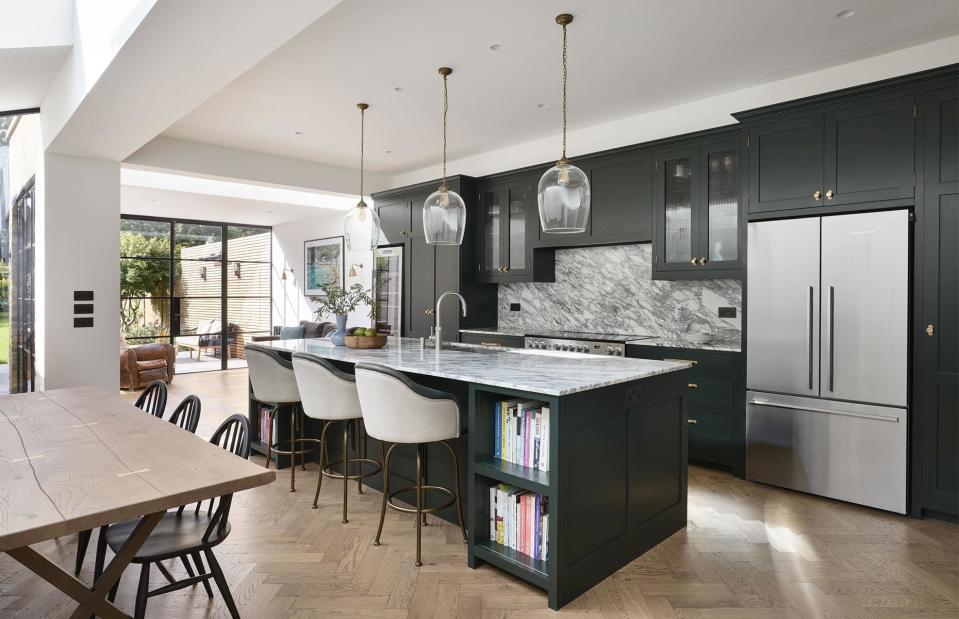
Higham Furniture
In the kitchen it's worth spending a bit more on mid-range integrated appliances such as an oven and dishwasher that is streamlined to give your kitchen a much more expensive look. Beautiful worktops and a must-have kitchen island could swing a sale but save on basic kitchen units and a sink.
Spend more on upgrading kitchen cabinet doors, new handles, stylish statement lighting or adding access to the garden with an indoor-outdoor dining area.
Embrace upcycling

stockwars / Shutterstock
Sometimes, it's a good idea to upcycle and reuse parts of the house rather than scrap them completely. If some of the tiles are looking a little tired, instead of the messy job of lifting them up and laying down new ones, you can simply paint over the old ones.
For an extra boost, you can even use a stencil, but remember to seal to preserve your handiwork. It'll save you money and breathe new life into a tired space.
Focus on storage
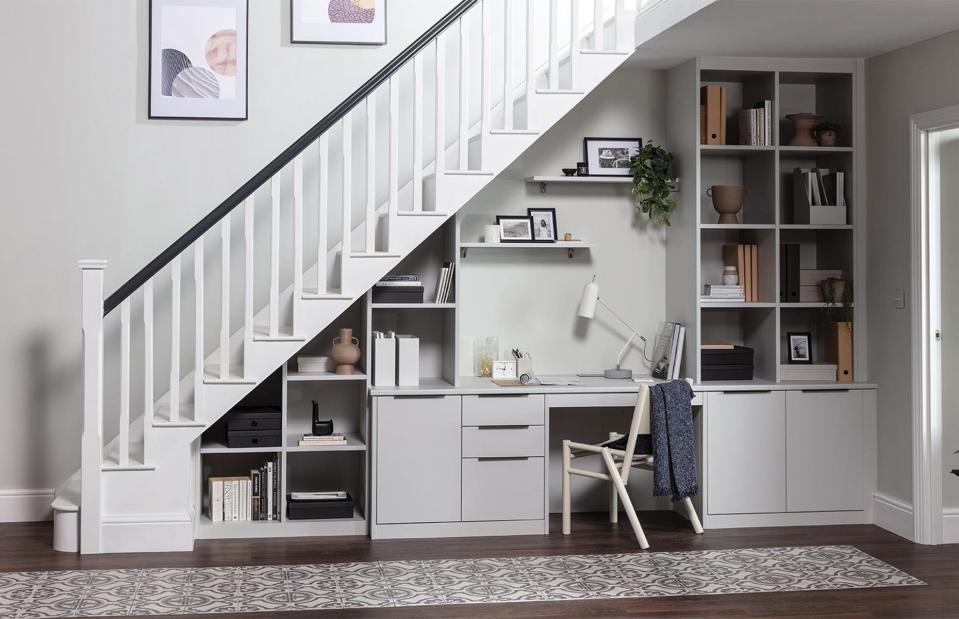
Sharps
Take advantage of any empty space in the home and add extra storage. This works especially well in smaller properties, where buyers may be hesitant due to lack of space.
Under the stairs has huge potential and is often inaccessible or left empty. Take advantage of it by installing pull-out drawers or even cupboards and a homeworking space, like this.
Pay attention to the exterior
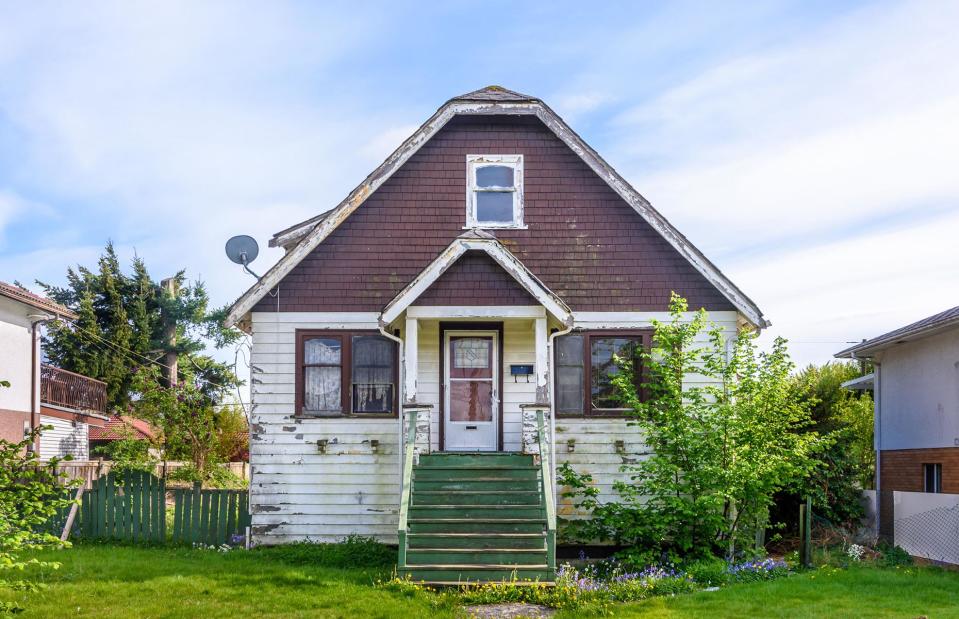
karamysh / Shutterstock
After spending a huge chunk of your budget focusing on the inside of the house, it's important to also consider the exterior, after all this is what buyers will see first.
Make sure your home has kerb appeal, even if it's just giving the front door a fresh lick of paint and tidying up the garden. If you have the budget, freshen up any exterior rendering with a paint job too. Make the most of any outdoor space by adding pots, a new house sign and even a fresh doormat.
Give the garden some love
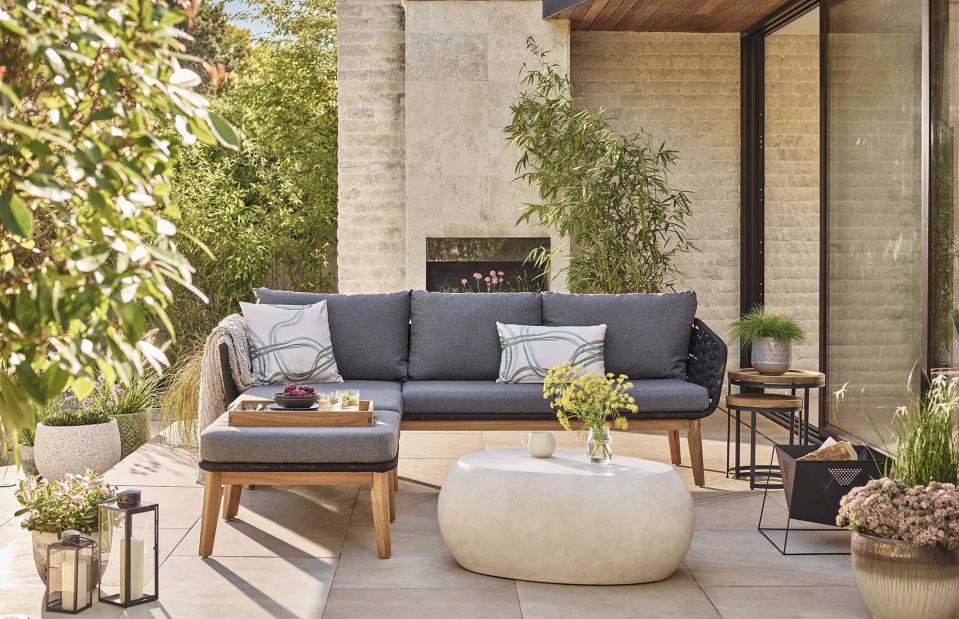
Dobbies
Gardens are one of the most sought-after features and even a tiny courtyard can persuade a buyer to make an offer.
Invest in some planting, pots are a good option that you can take with you, upcycle some furniture and think about cladding ugly walls or floors with stylish wooden panels or extending the interior tiles outdoors for a seamless indoor-outdoor flow.
Create parking space
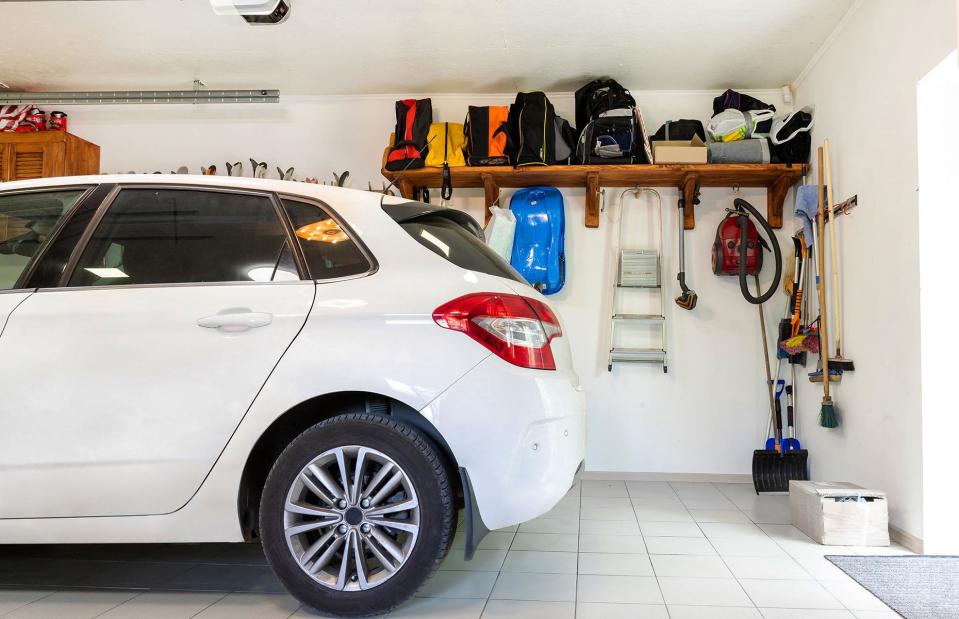
Gorlov-KV / Shutterstock
Adding off-street parking can add an estimated 2.45% increase to the value of a home according to Go Compare. A driveway, garage or dedicated parking space is an important feature of a property and lack of parking could put off potential buyers.
Now take a look at these home tips and advice


